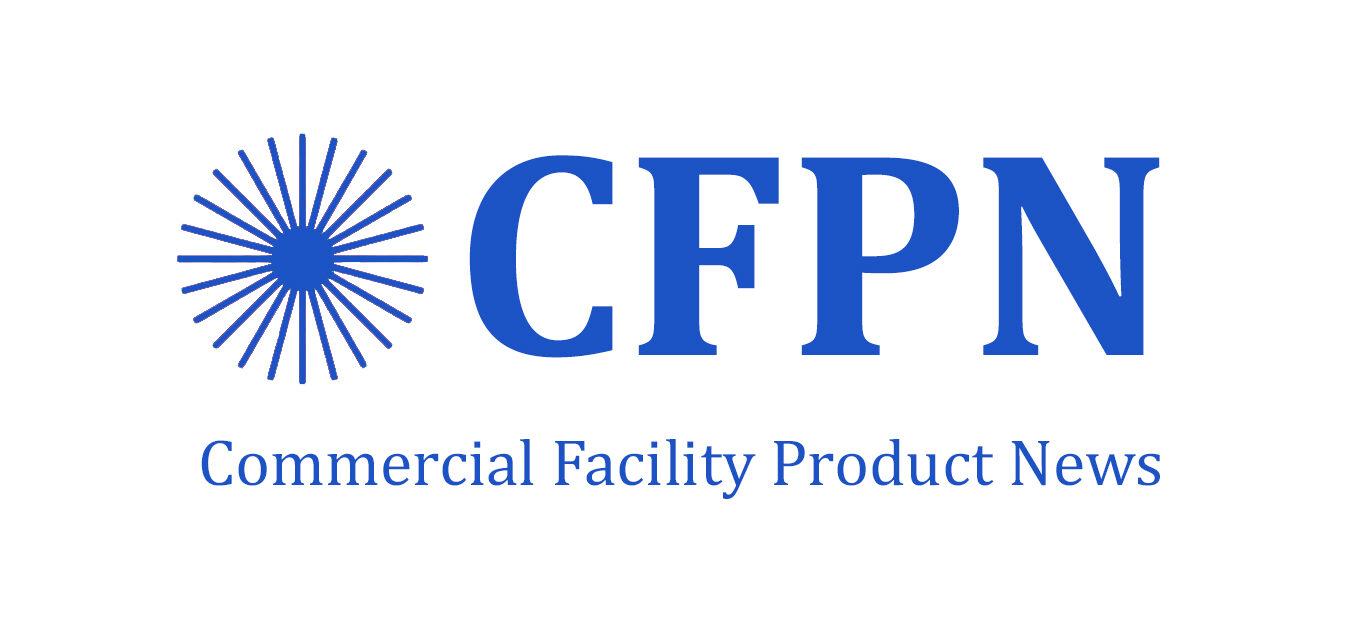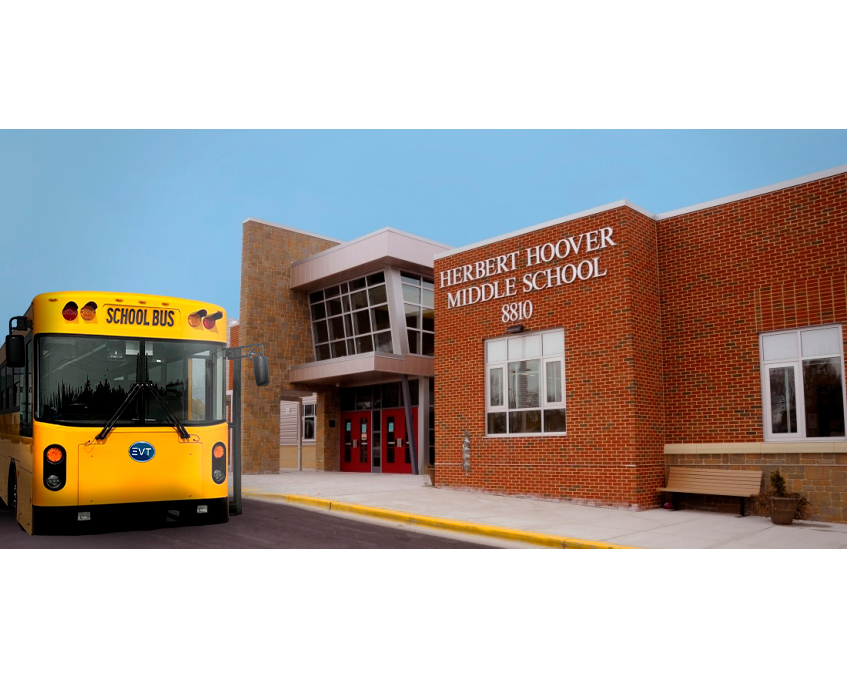Now is an excellent time for K-12 “yellow” school buses, college campus transportation, and public transit systems to transition to zero-emission electric buses instead of traditional gas or diesel-powered models. Electric buses offer a quiet, clean transportation experience for both students and riders. With zero tailpipe emissions, they significantly reduce air pollution and operate with minimal sound, reducing noise pollution. Depending on the region’s electricity mix, electric buses can produce 1.4 to 7.7 times fewer emissions compared to diesel buses.
The financial rationale for electric buses is also extremely compelling, as both Federal and State authorities provide substantial incentives, including EPA grants, rebates, and voucher programs, to offset the initial investment. In many cases, application procedures have been simplified and disbursement of funds expedited for the replacement of existing buses.
One of the most notable subsidy programs is the Clean School Bus Program, created by the U.S. Environmental Protection Agency (EPA) to lower school bus emissions, enhancing air quality and protecting children’s health. Funded by the Bipartisan Infrastructure Law, the program allocates $5 billion over five years (FY 2022-2026) to replace existing school buses with zero-emission and low-emission models. Each fiscal year, $500 million is available for zero-emission buses, and an additional $500 million is available for both zero-emission and other low-emission buses.
In June 2024, Osceola, Arkansas based Envirotech Vehicles announced it had sold a fleet of its buses in Arkansas and Texas in conjunction with an EPA award announced on January 25, 2024. The Envirotech school bus, nicknamed the “Bumble Bee,” is available with standard or extended range battery pack options that provide a range between 150 and 200 miles on a fully charged battery.
U.S. based manufacturers like Envirotech Vehicles, Inc. (NASDAQ:EVTV) have moved beyond concepts and early prototypes to full production. Envirotech is a provider of new zero-emission, purpose-built electric vehicles. The company serves commercial and last-mile delivery fleets, school districts, public and private transportation service companies, colleges, and universities, and meets the increasing demand for heavy-duty electric vehicles.
Like the most popular consumer electric vehicles, the “Bumble Bee EcoRange” utilizes a combination of aluminum for the body and high-strength steel in its construction. Aluminum reduces vehicle weight by approximately 20%, which means less energy is required to move the bus and increases vehicle range. A lighter vehicle also enhances acceleration, braking, and handling. The aluminum body is 95% recyclable, much like a large soda can. Aluminum can be repeatedly melted and reshaped without any loss of its core characteristics or material quality. Recycling aluminum helps prevent additional greenhouse gas emissions in the future.
As part of the EPA Clean School Bus Program, awards were issued for twenty-five Envirotech electric school buses in 2024 to school districts in Arkansas and Texas.
The Texas Kopperl Independent School District (Kopperl ISD), which is about 90 minutes southwest of Dallas, was awarded three of the Envirotech Bumble Bee buses to transport students along regular routes.
“It was an opportunity to upgrade the bus fleet,” says Superintendent Katrina Adcock of Kopperl Texas Independent School District, adding that Kopperl ISD was able to save substantial money as a recipient of the award. “The total [cost] for the district for three Envirotech buses is less than what we would have had to pay for one gas powered bus.”
Interested school districts are encouraged to act quickly. Applications for the 2024 Clean School Bus Rebate Program are open through January 9, 2025, with up to $965 million available for new zero-emission and clean school buses.
For more information, visit https://evtvusa.com/, email merrick@evtvusa.com, or call (870) 970-3355.

